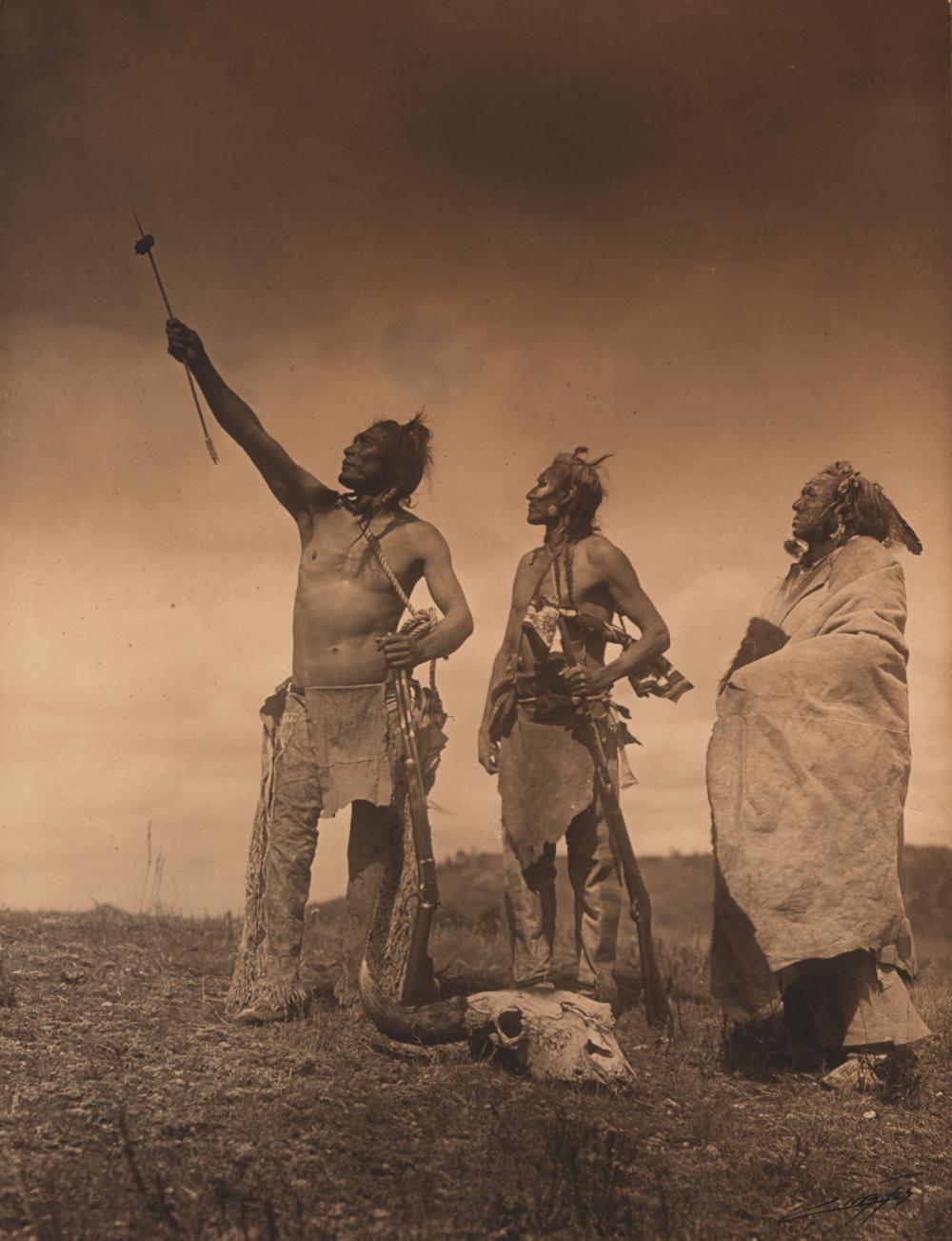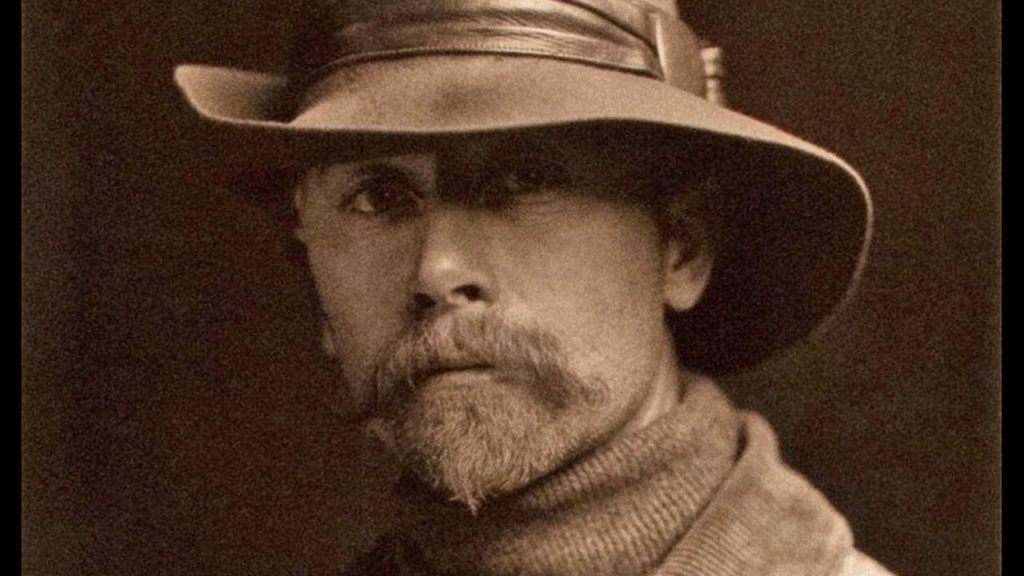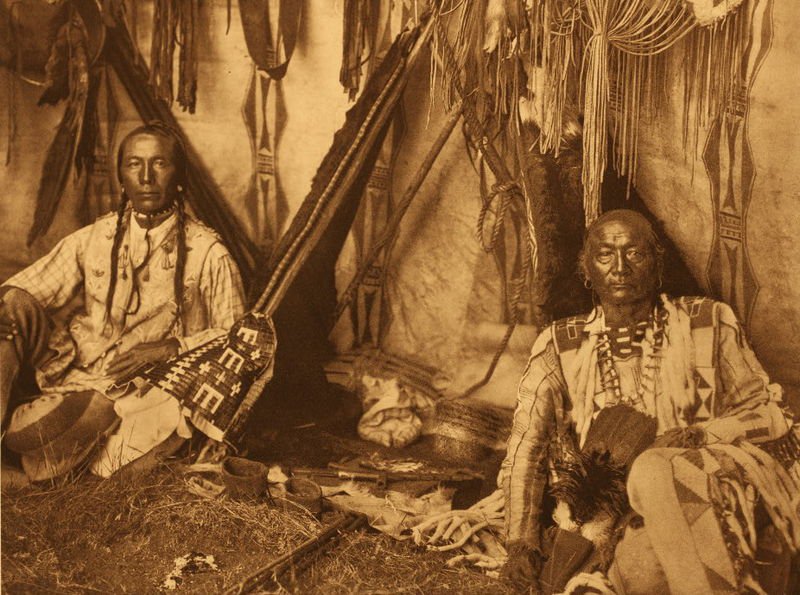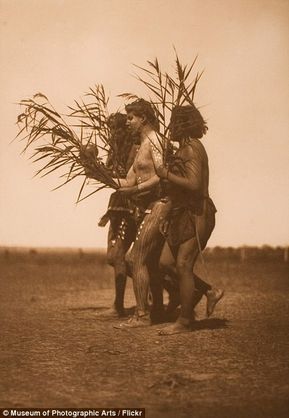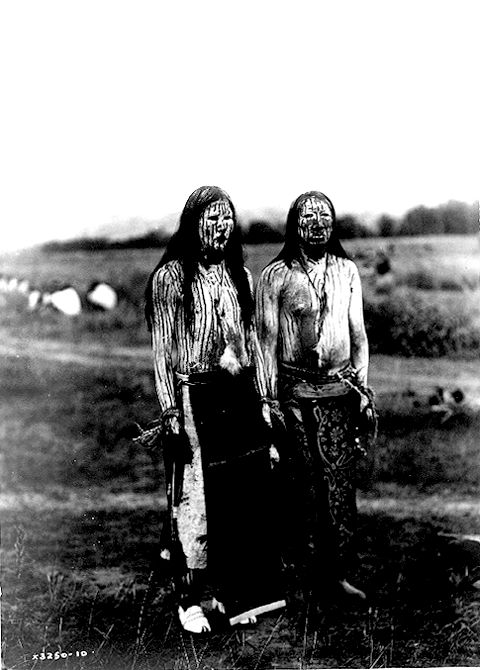Rediscovering the Lost Tribes of America: Edward Curtis and His Cultural Documentation
In the early 20th century, photographer and ethnologist Edward Curtis embarked on a remarkable mission to document the indigenous cultures and traditions of Native American tribes. His extensive body of work, known as “The North American Indian,” brought attention to the often-neglected communities and shed light on the diverse and rich heritage of the “lost tribes” of America. This article explores Edward Curtis’ journey and the lasting impact of his cultural documentation.
Edward Curtis, born in 1868, was a pioneering photographer with a passion for preserving cultural heritage. He dedicated his life’s work to documenting the vanishing traditions and lifestyles of Native American tribes, recognizing the urgent need to capture their cultural legacy before it was lost forever.
Curtis initiated his ambitious project, “The North American Indian,” in 1906, aiming to photograph and document Native American tribes across the United States and Alaska. His project spanned over 20 years and involved traveling extensively to remote locations, living among tribes, and gaining their trust.
Curtis’ mission was driven by a desire to preserve the traditions and culture of Native American tribes that had long been marginalized and overlooked by mainstream society. His photographs captured not only their physical appearances but also their daily lives, rituals, ceremonies, and landscapes, providing a comprehensive glimpse into their world.
“The North American Indian” became a monumental work comprising over 40,000 photographs, recordings, and ethnographic texts. Curtis documented the diversity of tribal customs, languages, clothing, dwellings, and artistic expressions, presenting a holistic view of Native American heritage that had previously been underrepresented.
Curtis faced numerous challenges during his project, including financial struggles, technical limitations, and the resistance of some Native American tribes to be photographed. Additionally, his approach and portrayal of Native Americans have been subject to criticism for perpetuating romanticized and stereotypical notions of indigenous cultures.
Despite the challenges and controversies, Curtis’ work has left a lasting legacy. His photographs and writings have become invaluable cultural artifacts, contributing to our understanding of Native American history and traditions. They have served as a bridge between the past and present, fostering appreciation for the richness and complexity of Native American cultures.
In recent years, Curtis’ photographs have played a significant role in cultural revitalization efforts within Native American communities. The images have provided a source of inspiration, rekindling interest in traditional practices, arts, and language preservation. Curtis’ documentation has become a valuable resource for tribes seeking to reconnect with their heritage.
Today, Edward Curtis’ work continues to stimulate dialogue and introspection. It prompts us to question historical representation, cultural appropriation, and the importance of recognizing and respecting indigenous voices. It serves as a reminder of the ongoing struggle for Native American rights, land sovereignty, and the preservation of cultural heritage.
Edward Curtis’ dedication to documenting the lost tribes of America through “The North American Indian” project has left an indelible mark on the preservation of Native American culture and history. Despite the complexities surrounding his work, Curtis succeeded in bringing attention to the diverse traditions and identities of Native American tribes, contributing to a greater understanding and appreciation of their enduring heritage. His photographs serve as powerful testaments to the resilience and beauty of the lost tribes, fostering a sense of cultural pride and inspiring efforts towards cultural revitalization and preservation.
Hits: 0
